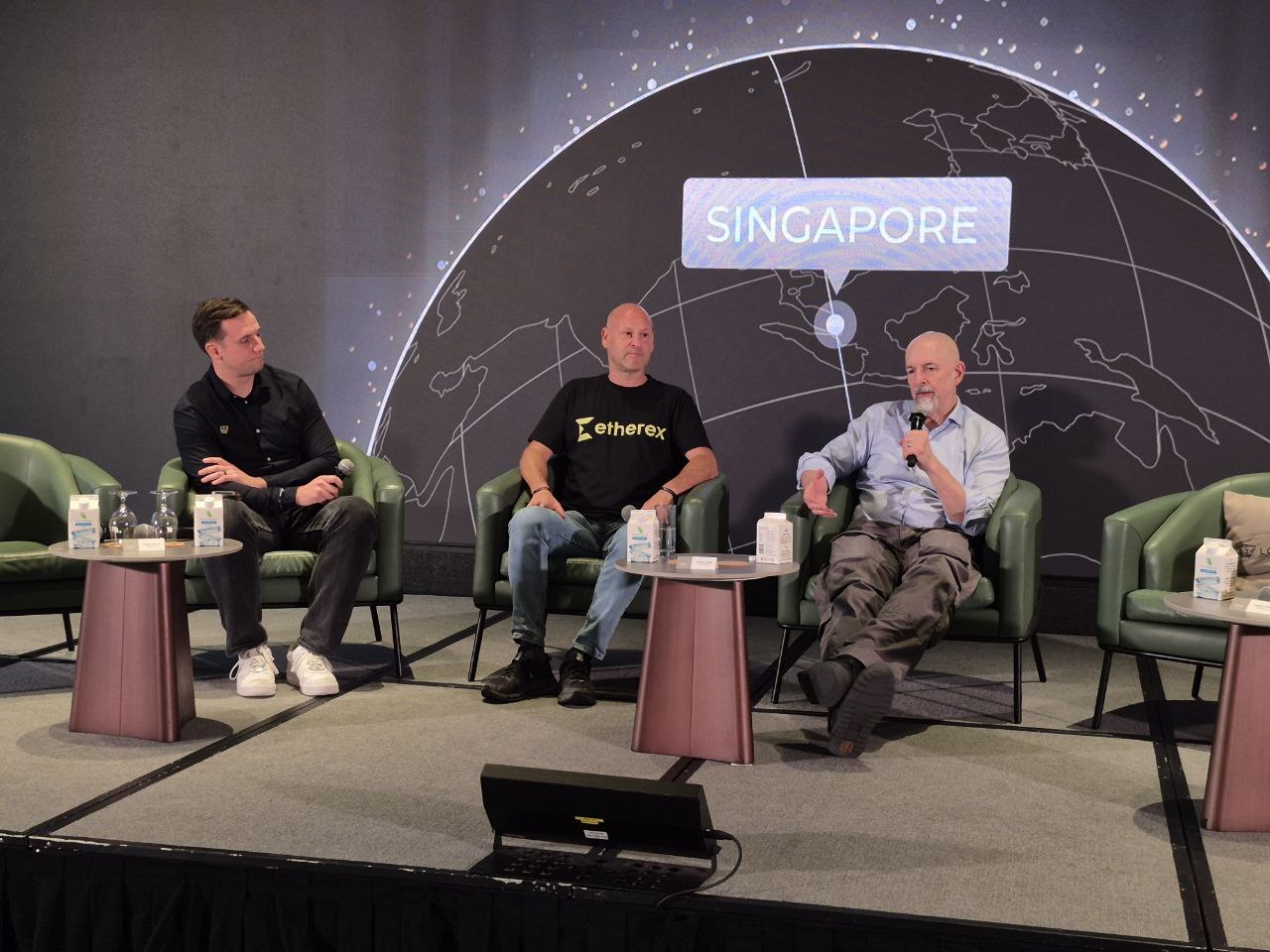SWIFT will build its crypto payments ledger on the Ethereum layer 2 Linea blockchain, using Linea’s zk‑EVM scaling to enable near‑instant, 24/7 settlement for bank-to-bank transfers. This integration aims to reduce costs and friction while supporting trials with major global banks.
-
SWIFT will use Linea (Ethereum layer 2) for its blockchain payments ledger
-
Linea is a zk‑EVM rollup with low fees and ~1.5 tx/sec per reported metrics
-
Linea has $2.27B TVL and major banks including Bank of America and JPMorgan are in trials
SWIFT Linea: SWIFT is building its blockchain payments ledger on Ethereum Layer 2 Linea—learn how 24/7 real-time settlements will cut costs and which banks are testing the rail.
Consensys boss Joe Lubin confirmed SWIFT will leverage the Ethereum layer 2 Linea blockchain to build its crypto payments ledger, signaling deeper TradFi and DeFi integration.
What is SWIFT building on Linea?
SWIFT is building a blockchain payments settlement platform on the Ethereum layer 2 Linea blockchain. The platform is designed for real‑time, 24/7 bank settlement using Linea’s zk‑EVM rollup to lower fees and speed finality for interbank transfers.
How will Linea enable SWIFT’s crypto payments?
Linea leverages zk‑EVM rollup technology to batch transactions and settle on Ethereum’s base layer. It processes roughly 1.5 transactions per second with fees reported at about one‑fifteenth of mainnet Ethereum costs. Linea currently shows $2.27 billion in total value locked, per L2BEAT data.

Consensys CEO Joe Lubin confirmed Linea’s selection during a TOKEN2049 conference fireside chat. SWIFT’s announcement invited more than 30 TradFi institutions to participate in building and trialing a 24/7 crypto payments rail.
Which banks are participating in trials?
Major global banks taking part in trials include Bank of America, Citi, JPMorgan Chase, and Toronto‑Dominion Bank. SWIFT handles roughly $150 trillion in global payments annually via traditional rails, indicating broad potential scale if blockchain rails are adopted.
Why does this matter to TradFi and DeFi?
Linea’s model reduces counterparty risk and settlement delay by enabling near‑instant finality without legacy intermediaries. For banks, this means lower operational costs and fewer reconciliation errors. For DeFi and community builders, Linea opens pathways for user‑generated applications built on Ethereum’s trust layer.
How will this compare to existing blockchain payment systems?
Linea’s zk‑EVM approach competes with other bank‑oriented rails like the XRP Ledger by focusing on Ethereum compatibility, stronger smart contract tooling, and a growing developer ecosystem. Linea ranks fourth in TVL among Ethereum layer 2s behind Arbitrum One, Base Chain and OP Mainnet per L2BEAT.
Frequently Asked Questions
Will Linea handle SWIFT’s full payment volume?
Not immediately. Trials with major banks will determine performance and scalability. SWIFT’s annual payment footprint is around $150 trillion, so adoption would be phased and subject to regulatory and operational validation.
How secure is Linea for bank settlements?
Linea inherits Ethereum’s settlement security while using zk proofs to compress transaction data. Security depends on rollup design, validator economics, and ongoing audits. Independent security reviews and institutional testing are underway.
Key Takeaways
- Linea selection: SWIFT will build its blockchain payments ledger on Ethereum layer 2 Linea, confirmed by Consensys CEO Joe Lubin.
- Performance & cost: Linea uses zk‑EVM rollups, with reported ~1.5 tx/sec and fees at roughly one‑fifteenth of Ethereum mainnet costs.
- Institutional trials: Major banks including Bank of America, Citi, JPMorgan Chase, and Toronto‑Dominion Bank are participating in trials.
Conclusion
SWIFT’s choice of Linea marks a major step toward integrating TradFi rails with Ethereum layer 2 infrastructure. Trials with top global banks will test performance, security, and compliance. If validated, Linea could enable faster, cheaper cross‑border settlement and broader DeFi–TradFi collaboration. Stay updated as institutional trials progress under industry supervision.
Source notes: Confirmation delivered by Consensys CEO Joe Lubin at TOKEN2049. TVL and layer‑2 rankings per L2BEAT. Reporting references include Cointelegraph and TOKEN2049 coverage as plain text sources.
